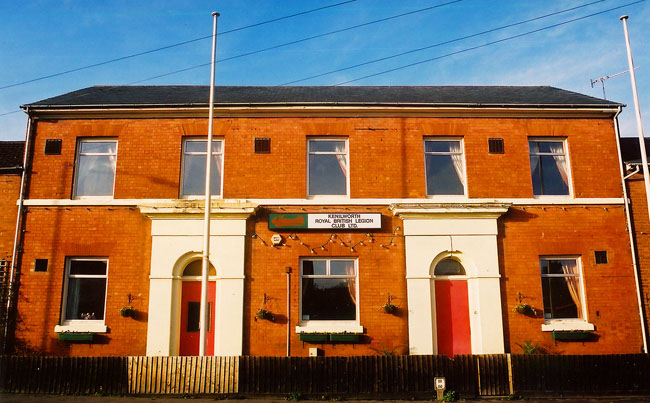The Warwickshire Constabulary Headquarters

Subsequent to a new Police Act in 1856, Kenilworth was one of five Warwickshire Towns to have a new Police Station; in fact, Kenilworth’s building was to be the County Constabulary Headquarters. Plans drawn by County Surveyor Mr Kendalls show an impressive building with three front entrances, four cells on the ground floor and seven upstairs bedrooms, but when the preferred site was found to be unavailable, the design had to be reduced to fit on the corner of Park Road and Albion Street.
These revised plans were dated 3rd April 1858 and show the building as it was constructed. There were now only two entrances, six upstairs bedrooms, the four cells were now two above each other, and the prisoner’s yard was now smaller, 18ft by 13ft, with its retaining wall a daunting 15ft high. Two kitchens and sculleries were provided at the rear, a strong-room and offices were in the main building, and so was a heating and ventilation system for the cells, each of which included a w.c.
Tenders were invited for its construction. Only one Kenilworth builder, R Swain, was attracted but the lowest tender was for £1,170 from John Dutton of Coventry; his father Charles lived in one of his houses, Spring Cottage, in Ladies Hill. He had a distinct advantage in that he had recently completed the construction of the Coventry Police Station. It was probably a straightforward decision by the Police Committee, chaired by Lord Leigh on 28th June, to accept Dutton’s tender.
The contract was signed on 17th July and from that date, Dutton had six months to complete the project. Building work was actually finished on Christmas Eve, but after that Dutton was involved in a separate arrangement in fitting out the ground floor Chief Constable’s office. By 11th March 1859, the station, still referred to occasionally as “the new lock-up”, was considered ready for immediate occupation.
The front pieces of the two entrances were made of Bath stone, as were the front windowsills, but all other windowsills were of cheaper Kenilworth stone. The steps to the front entrance were of Yorkshire stone and the doors and their frames were of varnished oak. The roofs were covered by 20ins by 10ins Bangor slates. Each cell included a wooden bench, 2ins thick and 2ft 6ins wide. All the drains were connected to one of two main pipes that ran under the front doors and downhill to drain directly into the nearby brook. Also included in the contract, but not shown on the plan, was a four-foot wide well of an expected depth of 35ft.
Today of course, the building is the much-used Royal British Legion Club*. Externally, the frontage remains as built but the kitchen extensions at the rear have been demolished. Internally, many walls have been removed but the layout is still traceable; for example, the original cells are now the toilets.
The original plans and more details are reproduced in Victorian Kenilworth & its People
* Now The Copper House.